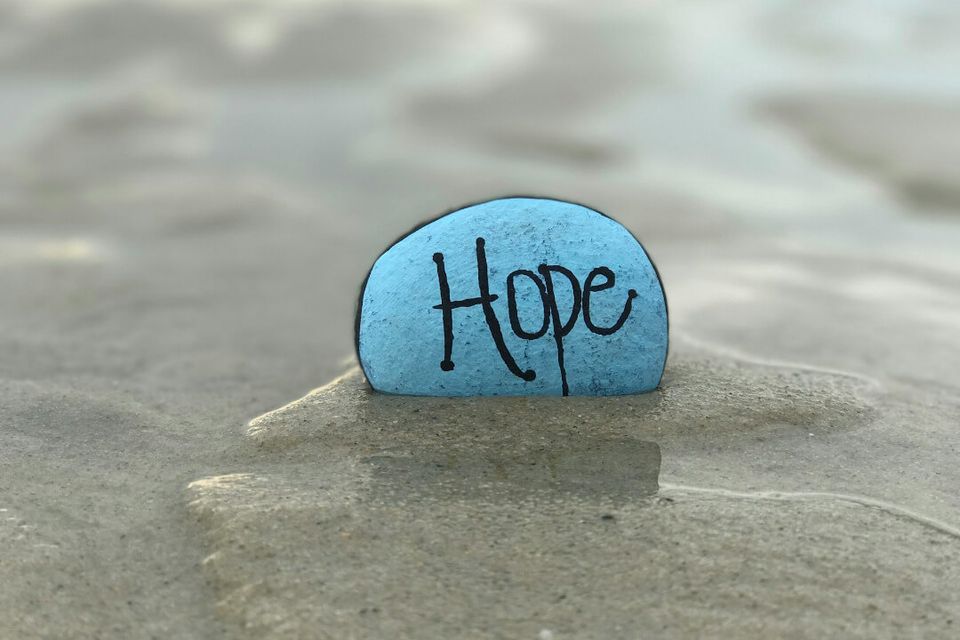
More Than a Moment
Understanding the Spectrum of Trauma
We often think of trauma as a single, dramatic event; a car accident, a natural disaster, or an isolated assault. We see it portrayed in movies as a flash of vivid memories that haunt a person. And while these experiences can be profoundly traumatic, they represent only one part of the story.
In reality, trauma exists on a broad spectrum, and its impact isn't always tied to a single, easily identifiable moment. It can also be the result of a slow, steady accumulation of painful experiences over time, a kind of invisible weight that subtly reshapes a person's life.
Understanding the difference between these types of trauma, what we will call acute and chronic, is a powerful first step on the path to healing. It validates a wider range of experiences and can help you make sense of your own emotional and physical responses, even if you’ve never thought of them as "trauma" before.
In reality, trauma exists on a broad spectrum, and its impact isn't always tied to a single, easily identifiable moment. It can also be the result of a slow, steady accumulation of painful experiences over time, a kind of invisible weight that subtly reshapes a person's life.
Understanding the difference between these types of trauma, what we will call acute and chronic, is a powerful first step on the path to healing. It validates a wider range of experiences and can help you make sense of your own emotional and physical responses, even if you’ve never thought of them as "trauma" before.
